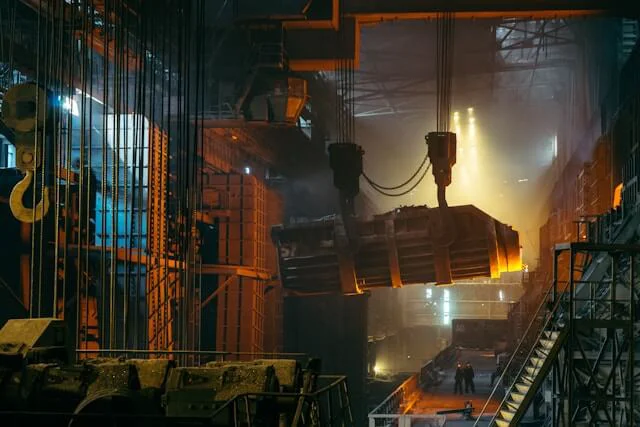Quiz Master's interesting facts
Inside the World’s Quietest Factory: The Surprising Role of Foam in Industrial Noise Control
The heart of BMW’s Leipzig plant used to reverberate like a cathedral of hammers. Last year technicians skinned the paint‑shop walls and ceiling with 80‑millimetre Basotect G+ melamine foam, a feather‑light panel that drinks up mid‑frequency clangs while shrugging off sparks and solvents. Peak levels plunged toward the EU’s 85 dB action line; conversations now happen without headsets, and the retrofit cost less than a line‑stop.
Across the Atlantic, Quebec stamper OPD faced a 250‑ton press that screamed at 100 dB. Engineers from Soft dB built a foam‑lined steel cocoon, threading “acoustic tunnels” so parts could still roll through. Measurements after commissioning showed a 22 dB drop at source and 20 dB on the shop floor—enough to retire double ear‑muffs and reclaim lost efficiency.

Why does that efficiency matter? A recent industrial study found task performance slips 1.5 % for every extra decibel over baseline; silence, it turns out, is money.
Foam’s economics are accordingly buoyant. Polymer absorbers already hold 71 % of a global industrial noise‑control market that analysts peg at US $6.9 billion this year and climbing 6 % annually, eclipsing heavier metal baffles.
The quietest factory therefore isn’t empty; it simply hides its roar inside billions of microscopic bubbles, proving that sometimes the best productivity hack is softer walls, not louder orders.



